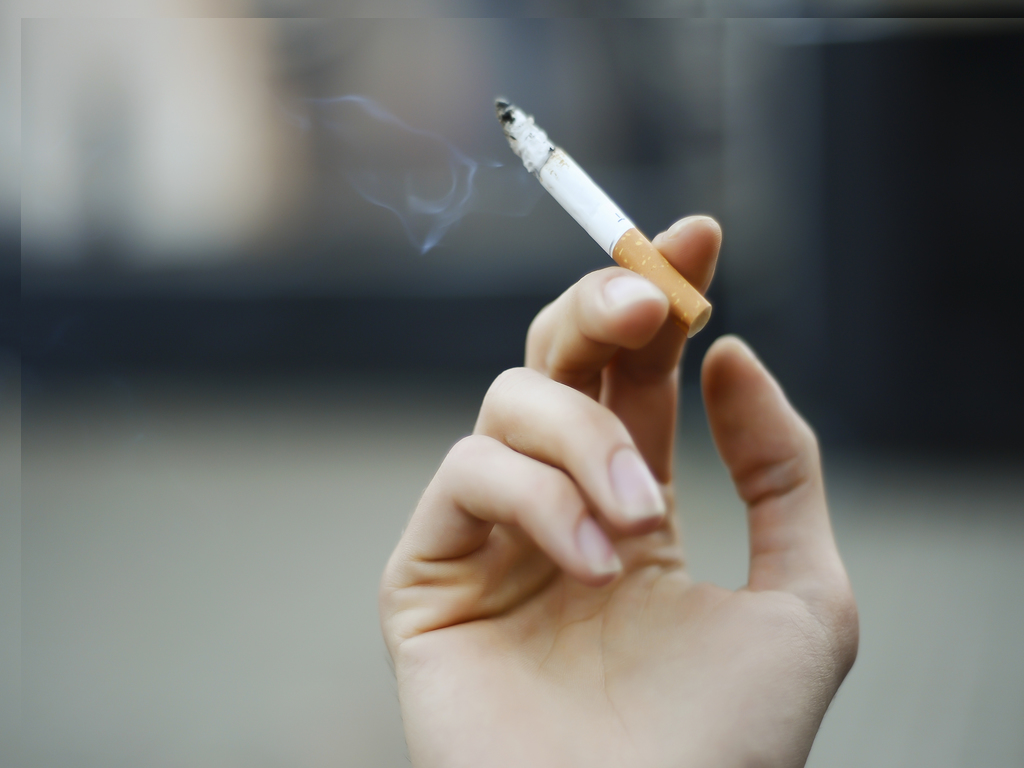The Quebec government has launched a five-year plan to curb smoking and tobacco use in the province.

Public Health Director Dr. Horacio Arruda unveiled the government strategy on Friday, ahead of World No Tabacco Day on May 31.
While the smoking rate in the province has decreased in the past decades, it has stagnated at around 18 per cent of the Quebec population between 2014 and 2018 with the number of smokers in Quebec estimated to be around 1,3 million.
The target is to bring smoking down to 10 per cent of the Quebec population by 2025.
Arruda says that because of the deaths — around 13,000 annually — illnesses and the financial burden it causes, smoking remains a public health priority in Quebec and even more so in light of the novel coronavirus pandemic.
He pointed to more and more studies that show that people who smoke are more vulnerable to COVID-19.

Get weekly health news
People who smoke have more chances of having cardiac and pulmonary issues and cancer thus putting them at higher risk of experiencing more severe symptoms and complications if they become infected with the virus, he explained.
Arruda reminded Quebecers of the importance of adopting a healthy lifestyle, including staying active and eating well and of course not smoking as being key factors to staying healthy.
- ‘Deeply ashamed’: Canadian Medical Association apologizes for harms to Indigenous peoples
- Kate Middleton marks quiet return to work following cancer treatment
- Health Canada gives 1 year to remove BVO from drinks. What are the risks?
- Never heard of eastern equine encephalitis? Cases are ‘likely underreported’
“So now, more than ever, it’s time to stop smoking,” he said.
Part of the government’s four-pronged approach is to make smoking less socially acceptable.
Arruda said it’s important to get the message across — especially to youth — that “smoking isn’t cool.”
The government’ strategy will also focus on prevention and has been adapted to include vaping and cannabis products.
“Vaping didn’t exist before,” Arruda said, explaining its rise in popularity among younger demographics was a cause for concern.
Public health officials also intend to closely monitor cannabis use to determine whether legalization has had an impact on smoking rates.
The five-year plan also includes measures aimed at protecting people from exposure to second-hand smoke and helping those who want to quit smoking.
Special attention will be given to vulnerable populations and how social inequalities related to health lead to higher rates of smoking in particular for low-income people, young adults, people struggling with mental health issues and members of First Nations and Inuit communities.










Comments